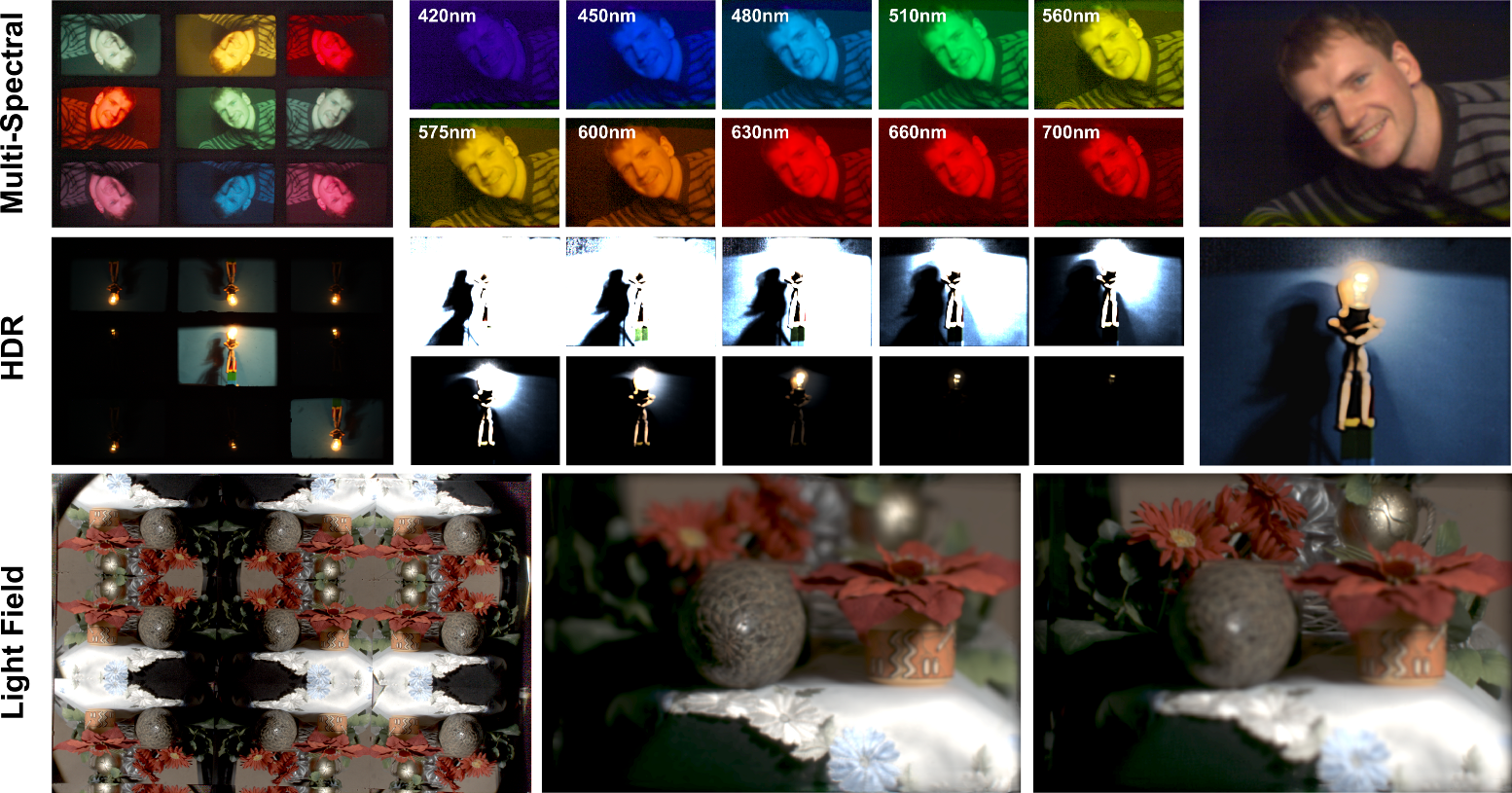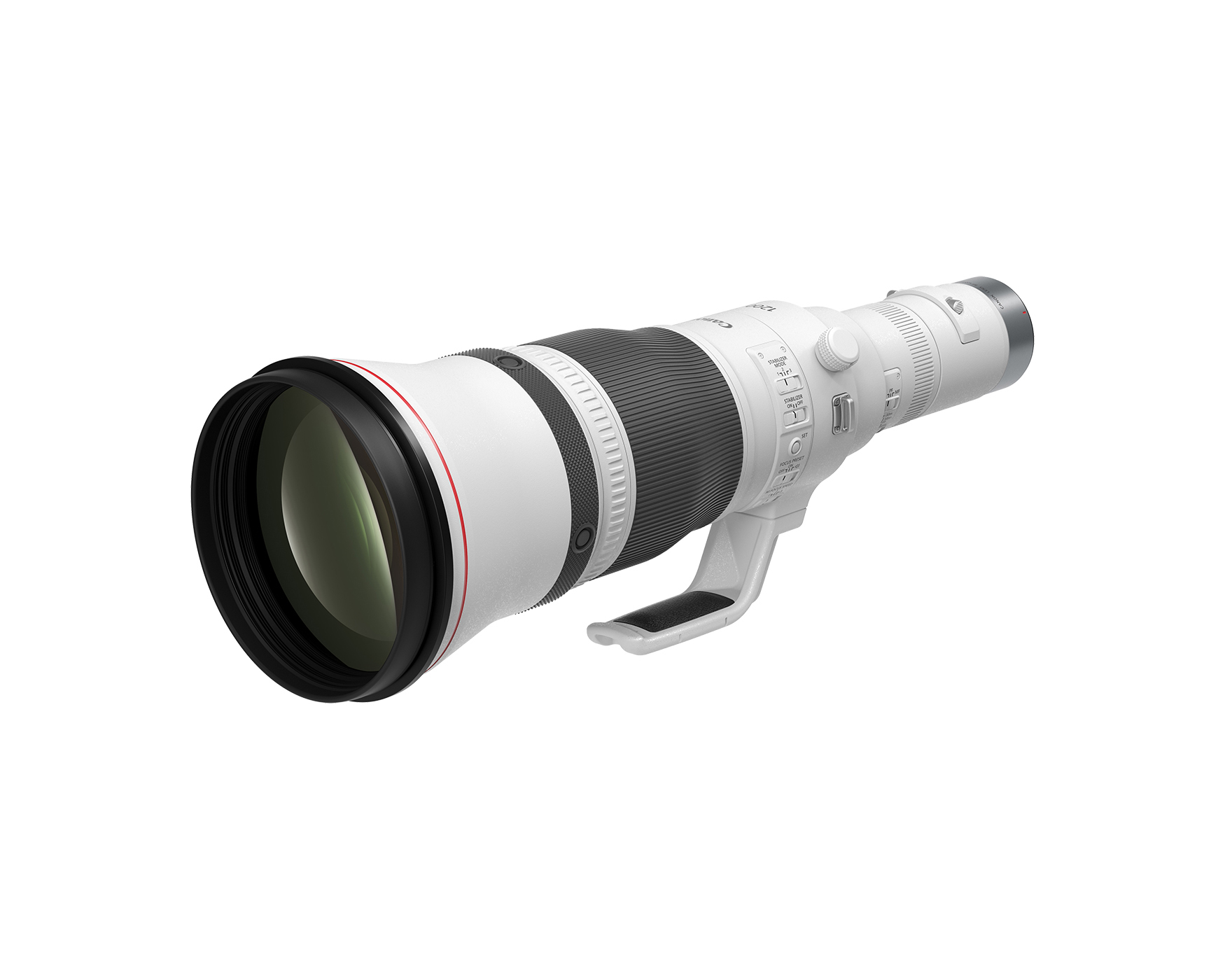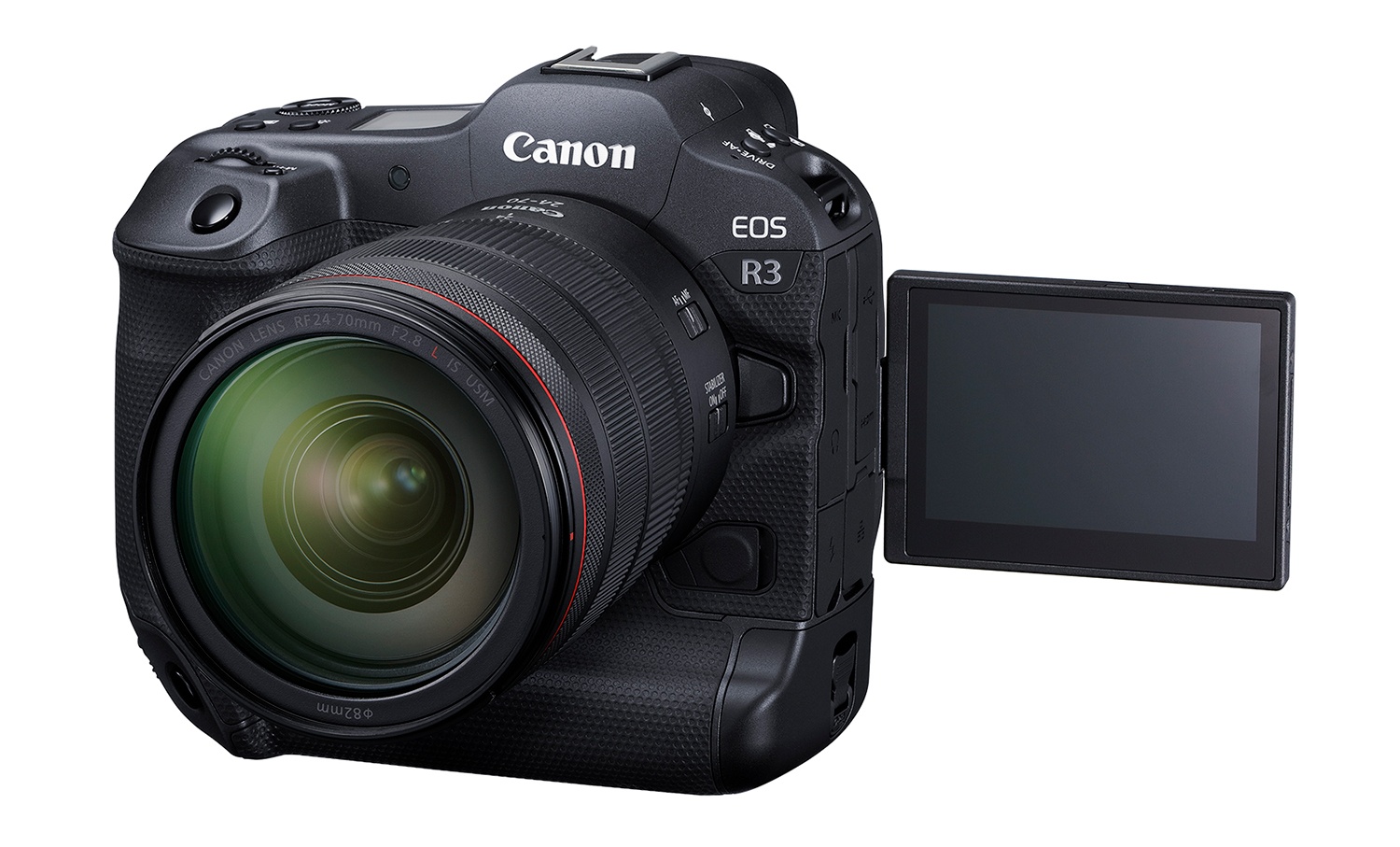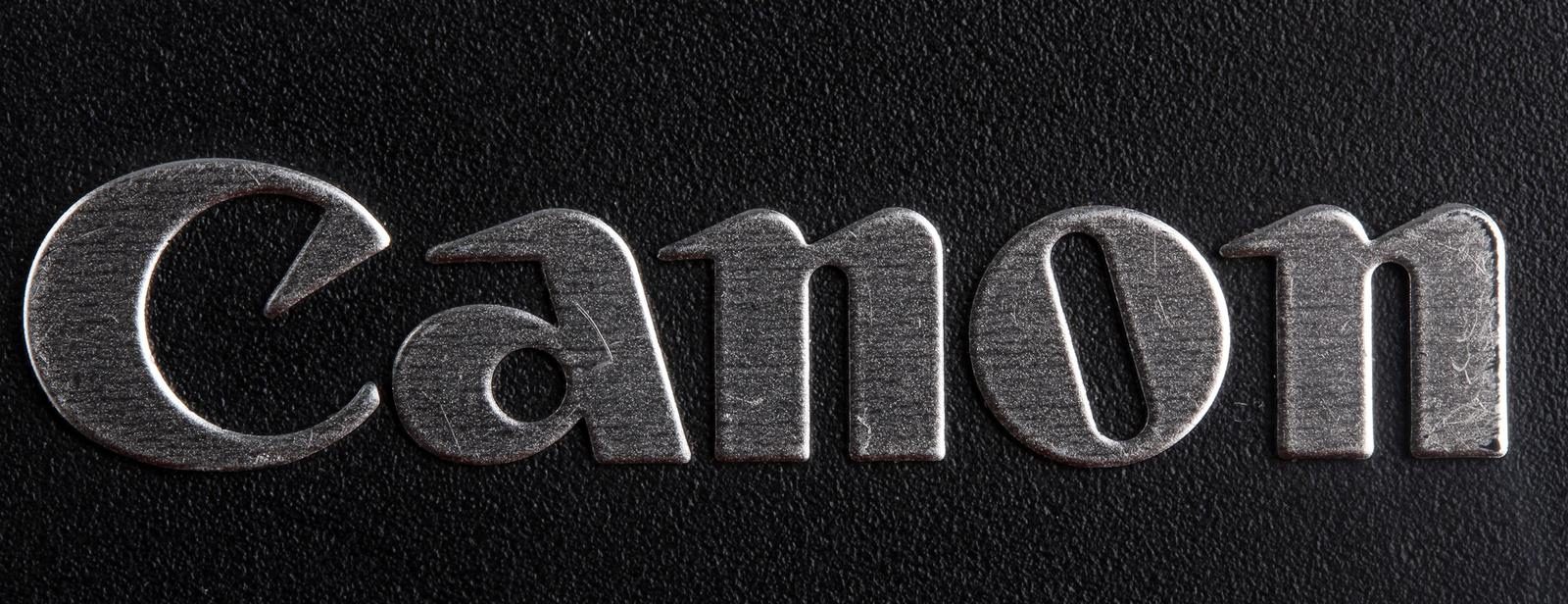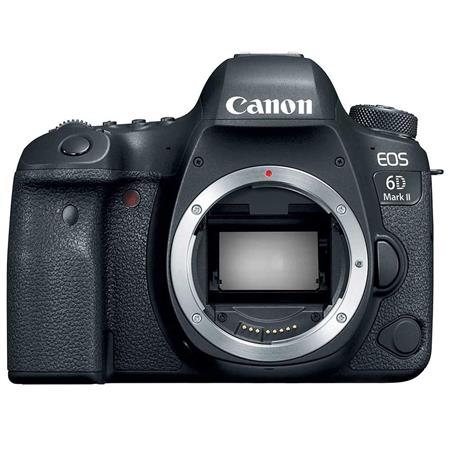Canon released firmware updates for five telephoto lenses. Here they are. Please note: we linked…
Your DSLR May Soon Act As A Light Field Camera with KaleidoCamera
German researchers of the Saarland University presented a paper describing an accessory that transforms your DSLR in a Lytro-like, refocusable light field camera. This opens new perspectives for multi-spectral and high-dynamic range photography. The prototype will be presented at the Siggraph conference and exhibition in Anaheim, California. The prototype, named KaleidoCamera, is an accessory that fits between the lens and the camera body, and has a beam splitter that enables the camera to record various differently filtered images. Those images are then available for further processing. The paper abstract:
We propose a non-permanent add-on that enables plenoptic imaging with standard cameras which we refer to as KaleidoCamera. Our design is based on a physical copying mechanism that multiplies a sensor image into a number of identical copies that still carry the plenoptic information of interest. Via different optical filters, we can then recover the desired information. A minor modification of the design also allows for aperture subsampling and, hence, light-field imaging. As the filters in our design are exchangeable, a reconfiguration for different imaging purposes is possible. We show in a prototype setup that high dynamic range, multispectral, polarization, and light-field imaging can be achieved with our design.
The paper A Reconfigurable Camera Add-On for High Dynamic Range, Multispectral, Polarization, and Light-Field Imaging is available for download.
